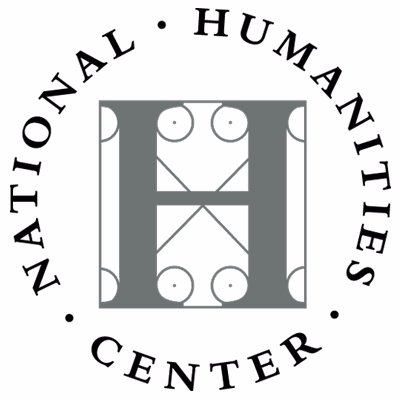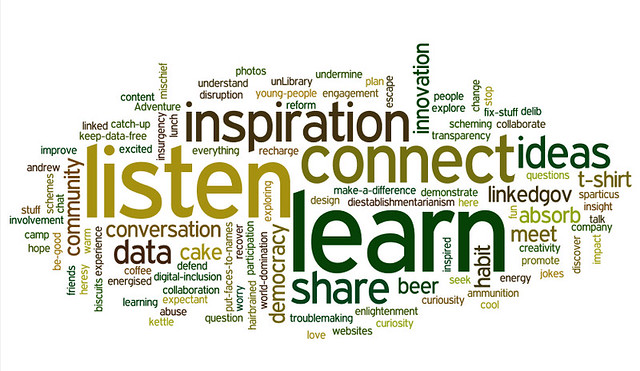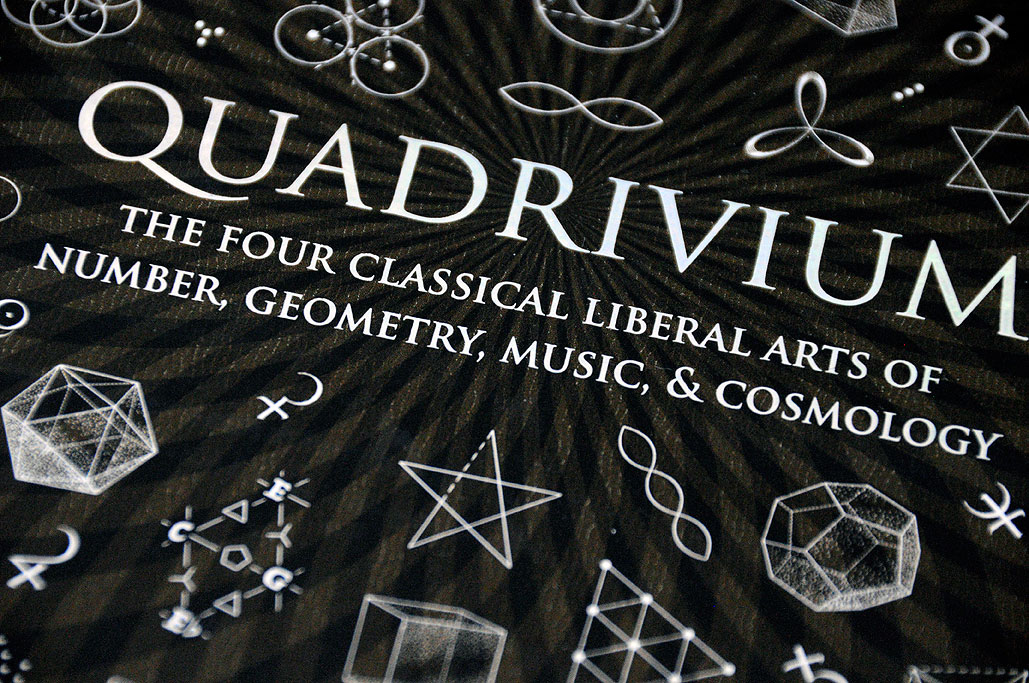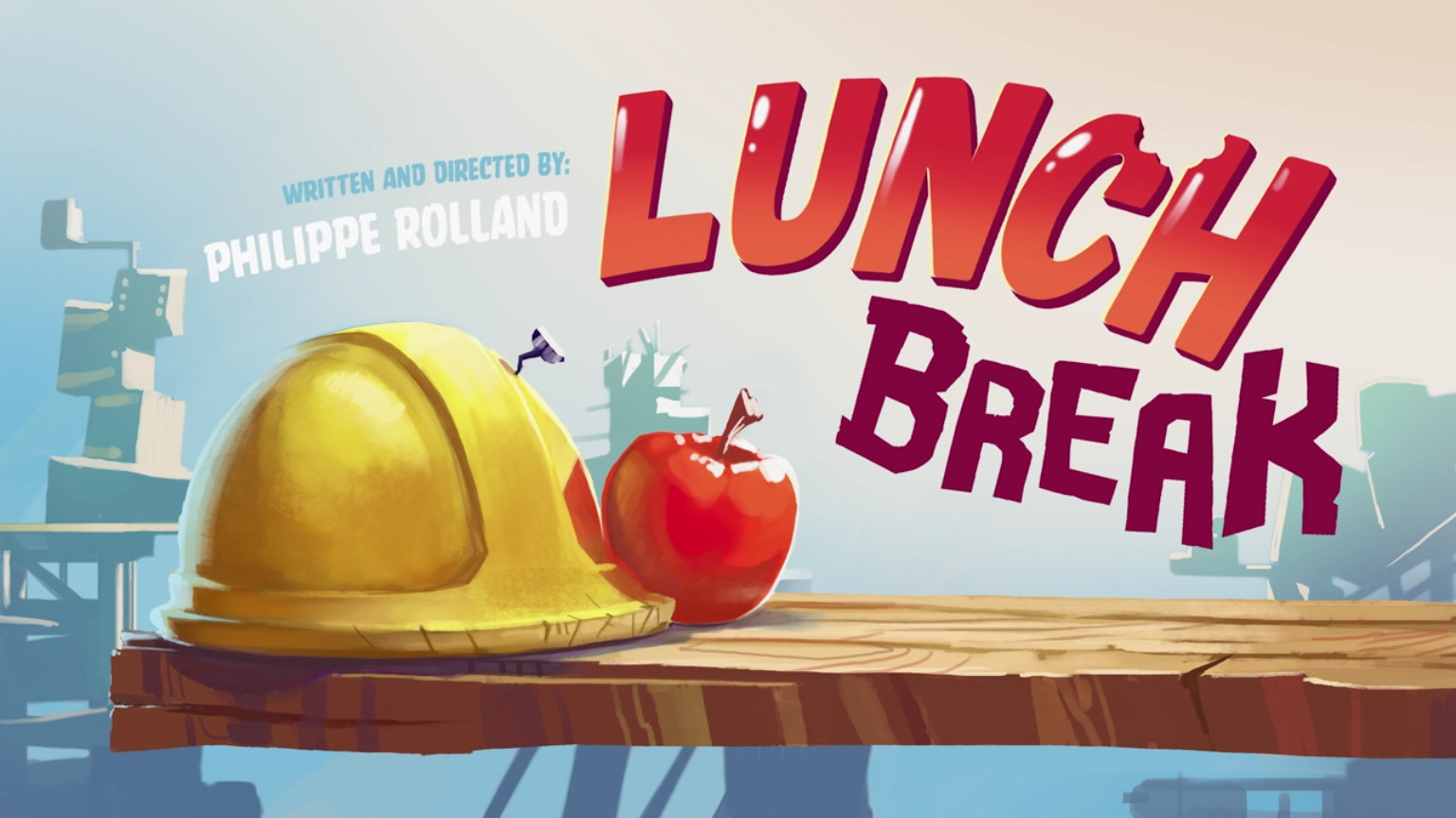
Designing for Significant Learning
in Groups and Teams
Jay Roberts, Ph.D.
Earlham College

Introductions and Overview
Introductions
Paired Share Progression
Favorite place
Fabulous failure?
Fabulous success?
Workshop Overview
Framing and tone setting
Context of significant learning
Designing for significant learning
Lunch!
Team exercise
Tools and strategies for group and team-based learning
Surviving and thriving with significant learning
Openings
Playlists
Useful not universal
Comfortable being uncomfortable
teaching is private AND public
Interrupt me at any time
Learning happens everywhere
Prepare for the firehose!

The Context for Significant Learning

Christchurch Earthquake, 2011



Team Magic Bus

Inquiry
Knowledge inventory
In teams
Posters
What do you want to know/learn?
What questions do you have?
Gallery walk
Goals
Continue building team cohesion
See, experience, and learn a variety of useful strategies and tools
Understand context of teaching and learning today in HE
Learn new approaches and get inspired through collaboration
Appreciate the power of open-ended, messy, collaborative inquiry

TOOLS: Making the invisible, visible
Pre-Exposure and open loops
Tone setting
Theirs-Ours-Theirs
Make it overt

Teaching and Learning Today
1. Instruction vs Learning


Barr and Tagg


2. High Impact Learning Practices (AAC&U, 2008)
Learning communities
Collaborative assignments and projects
Service learning, community based learning
Undergraduate research
Internships and project-based learning
Diversity/global learning
Immersion experiences

3. Gallup Poll "Big 6"
1. A professor who excited me about learning
2. Professors who cared about me as a person
3. A mentor who helped me pursue my goals and dreams
4. Work on a project that took a semester or more to complete
5. Internship or job that allowed me to apply my learning
6. Extremely active in extracurricular activities and organizations
3% agreed to all 6.

4. Three "Let it Go's"
1. Lecturing

Is It Ever OK to Lecture?
"On the one hand, research on the matter is quite convincing: A 2014 meta-analysis of 228 studies of lectures and active-learning strategies showed that the results were decidedly one-sided in favor of active learning. So much so that the authors found it questionable ethically to make students attend lecture-based courses, given all that we know about how ineffective they are."
On the other hand, the vague way in which active-learning strategies are discussed means ... that "it can create the illusion that the answers to teaching challenges are both monolithic and easily developed." Active learning ... has become "an easy thing to prescribe as a cure but difficult to put into practice because it covers such a vast array of possibilities." - D. Gooblar, 2019
Lecturing->Direct Instruction
D. Meiers: "Teaching is listening and learning is talking."
2. Content

The "Plurivium"
American Academy for the Advancement of Science:
“As biology faculty, we need to put the “depth versus breadth” debate behind us. It is true today, and will be even more so in the future, that faculty cannot pack everything known in the life sciences into one or two survey courses. The advances and breakthroughs in the understanding of living systems cannot be covered in a classroom or a textbook. They cannot even be covered in the curriculum of life sciences majors.
The time has come for all biology faculty, but particularly those of us who teach undergraduates, to change the way we think about teaching..." (2009)
Coverage-> Uncoverage
Less Is More
Enduring understandings
paired share: what do you want your students to say 1 year after course?
3. Self-Sufficiency

Wicked Problems
Contested and Complex
Dispersed responsibility and power
High potential for unforeseen consequences
Uncertain, unclear data
Time stress
Climate Change
Gender Inequality
Global Health Pandemics
Violent Extremism
Hunger and Food Insecurity
Water Rights
Solvable by any one discipline?
"Easily" solvable?
The world is full of complex, unscripted problems where the answers are not immediately known and the consequences matter. AAC&U

Do our current educational structures prepare students to work and thrive in these kinds of contexts?

Ages 5-18
"Likes"
Hands-on learning
Real world experience
Professional opportunity
Small class sizes
Personal connections
"In survey after survey, employers seem to agree that the skill they most want in future workers is adaptability. Those who hire complain that they often find today’s college graduates lacking in interpersonal skills, problem solving, effective written and oral communication skills, teamwork, and the ability to think critically and analytically."
From: http://chronicle.com/blogs/next/2012/09/12/skills-gap-employers-and-colleges-point-fingers-at-each-other/

Lunch!
JFK LBJ ON TV FBI
Designing for Significant Learning
/rocks-balancing-on-driftwood--sea-in-background-153081592-591bbc3f5f9b58f4c0b7bb16.jpg)
Key Principles

Significant Learning (Fink)
No "one best way"
Scales

Go Big!
Example: Shakespeare Festival
Meso
Example: Barrios of Richmond

Micro
Example: Daily Query
Chunking and stages
IBFVTNOJBLKFJ
"Clean beginnings and clean endings"
Creativity Curve

3 Conceptual Design Frames
1. UbD
Backmapping
What are the enduring understandings?
Know, feel, do
Authentic Assessment (Wiggins and McTighe)
Realistically contextualized
Requires judgement and innovation
Asks students to "do" the subject
Replicates challenging "real life" situations
Asks students to integrate across KSA's (not isolate)
Discrete lessons are made meaningful toward mastery
Allows opportunities to rehearse, practice, get feedback, and refine
2. EELDRC

Experiential Learning Cycle
Experience before Label

Importance of student-centered exploration FIRST
STANFORD STUDY
“We are showing that exploration, inquiry and problem solving are not just ‘nice to have’ things in classrooms,” said Blikstein. “They are powerful learning mechanisms that increase performance by every measure we have.” Pea explained that these results indicate the value for learning of first engaging one’s prior knowledge and intuitions in investigating problems in a learning domain – before being presented with abstracted knowledge. Having first explored how one believes a system works creates a knowledge-building relevance to the text or video that is then presented, he said."
http://blogs.kqed.org/mindshift/2013/07/before-reading-or-watching-videos-students-should-first-experiment/
ENROLL: The importance of framing
EXPERIENCE: Experience Before Label!
LABEL: Punctuated direct instruction
DEMONSTRATE: Practice through content
REVIEW: Multiple opportunities for feedback and reflection
CONNECT: On-ramping with other content, experiences
Pairs: E b4 L (ideas? examples?)

3. Integrated Course Design
"Assessment is a process by which information is obtained relative to some known objective or goal. Assessment is a broad term that includes testing. A test is a special form of assessment. Tests are assessments made under contrived circumstances especially so that they may be administered. In other words, all tests are assessments, but not all assessments are tests."
http://www.adprima.com/measurement.htm
How do we know what we are doing is working?

Common Design Traps
Doing More, Not Doing Different
Failure to align learning goals, activities, and assessments
Insufficient scaffolding
Edutainment
Activity for activities sake
Poor pacing/project management
Failure to adapt- designing room to breathe
Lack of support/oversight of teams
Teams
Mini- Curriculum Workshop
Design challenge?
Dream course?
Tweaking an existing course?

The Real Work
Final Reflections and Takeaways
It may be that when we no longer know what to do
we have come to our real work,
and that when we no longer know which way to go
we have come to our real journey.
The mind that is not baffled is not employed.
The impeded stream is the one that sings.
~ Wendell Berry
Team Magic Bus

Surviving and Thriving with Significant Learning

Time Management
Find your resources
On-Line
On campus
Learning communities
Create efficiencies (grading, project mgmt, etc.)

Edu-preneurship
Fail fast, fail forward
Be creatively restless
Remember the creativity curve
75/25 rule

Authenticity
Know Thyself
Grow your EQ
Goals
Continue building team cohesion
See, experience, and learn a variety of useful strategies and tools
Understand context of teaching and learning today in HE
Learn new approaches and get inspired through collaboration
Appreciate the power of open-ended, messy, collaborative inquiry

Group and Team Learning

Team Exercise

Principles of Facilitation

Framing and Tone Setting
Sense of invitation
Make outcomes relevant and overt
Social Context
Are they ready?
Relationships 101
Full-Value Contracts
Google study: Psychological safety
5 Cohesive Team Behaviors

Processing
On-going (not just at end of experience)
What? So What? Now What?
Kindling, big logs, and progressions
Multi-modal
Cognitive
Intrapersonal
Interpersonal
Tools
Fishbowls
Jigsaws
Digital Storytelling
Pass-the-passage
One word whips
Gallery walks
You Are Here Maps
POL's
World Cafe
Beautiful Mind
Unfinal
Authentic Audience
Don't speak...

Group Dynamics and Management
Stages


Waterline Model
Interventions
Head Toward Trouble
Differentiation
Models
Continue, Start, Stop
Gems and Opportunities
Plus, Delta (Roses and Thorns, Apples and Onions)
Peer/group feedback
Return to First Principles
Be prepared for failure
What are your outcomes?
Fail forward
Grit, adaptation, resilience

Q and A/Discussion
Revisit Knowledge Inventory